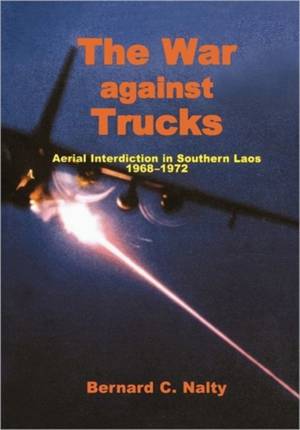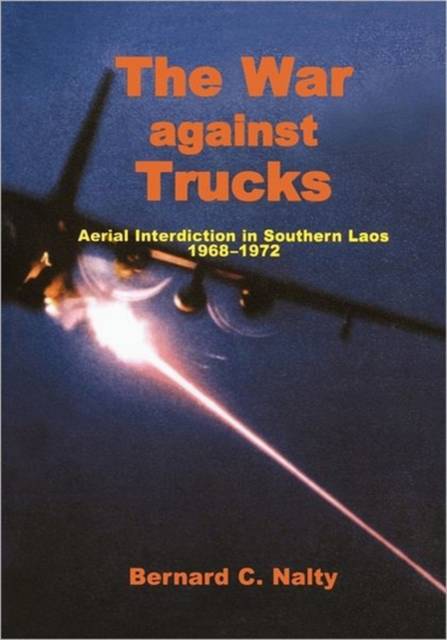
- Retrait gratuit dans votre magasin Club
- 7.000.000 titres dans notre catalogue
- Payer en toute sécurité
- Toujours un magasin près de chez vous
- Retrait gratuit dans votre magasin Club
- 7.000.0000 titres dans notre catalogue
- Payer en toute sécurité
- Toujours un magasin près de chez vous
The War Against Trucks
Aerial Interdiction in Souther Laos, 1968-1972
Bernard C Nalty, Air Force History and Museums Program
Livre broché | Anglais
30,95 €
+ 61 points
Format
Description
This official history recounts an ambitious attempt by the Air Force to interdict traffic on the Ho Chi Minh Trail of southern Laos, as part of a plan to support the war in South Vietnam by impending the flow of North Vietnamese troops and military supplies into South Vietnam. Secretary of Defense Robert S. McNamara intended initially to establish a manned barrier guarding the demilitarized zone between the two Vietnams, while using electronic sensors and computers to detect and analyze movement on the Ho Chi Minh Trail so that aircraft could attack the troops and cargo bound for the battlefields of South Vietnam. Only the electronic portion went into service, and the Ho Chi Minh Trail became the object of seven successive Commando Hunt operations, beginning in the fall of 1968 and lasting until the spring of 1972, when a North Vietnamese invasion of the South changed the nature of the war. Although aircraft of the other services participated in this extended campaign of aerial interdiction, the Air Force assumed the greatest responsibility for both equipment and execution. The book begins by summarizing Secretary McNamara's reasons for substituting an interdiction campaign for the bombing of North Vietnam and then describes the early efforts at aerial interdiction, which were delayed by the need to shift resources for the defense of the Marine Corps outpost at Khe Sanh in northwestern South Vietnam, just south of the demilitarized zone.
Spécifications
Parties prenantes
- Auteur(s) :
- Editeur:
Contenu
- Nombre de pages :
- 380
- Langue:
- Anglais
Caractéristiques
- EAN:
- 9781780394336
- Date de parution :
- 01-06-05
- Format:
- Livre broché
- Format numérique:
- Trade paperback (VS)
- Dimensions :
- 178 mm x 254 mm
- Poids :
- 657 g

Les avis
Nous publions uniquement les avis qui respectent les conditions requises. Consultez nos conditions pour les avis.






